-
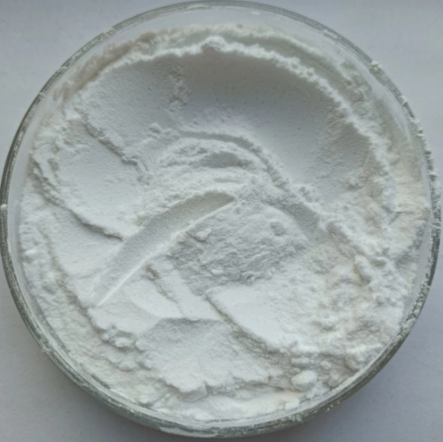
Uridine,2′-deoxy-5-ethynyl- CAS:61135-33-9
5-ethynyl-2′-deoxyuridine (EdU) is a nucleoside analog that is commonly utilized in the field of molecular biology and cell biology research. It is frequently employed to label and detect newly synthesized DNA in live cells through a process known as “click chemistry.” This technique allows for visualization and quantification of DNA replication and cell proliferation. EdU has become a popular alternative to the traditional thymidine analog bromodeoxyuridine (BrdU) due to its compatibility with fluorescence microscopy and the absence of harsh DNA denaturation steps during detection. Additionally, EdU’s chemical structure allows for specific and efficient detection, making it a valuable tool for studying DNA synthesis and cell cycle dynamics.
-
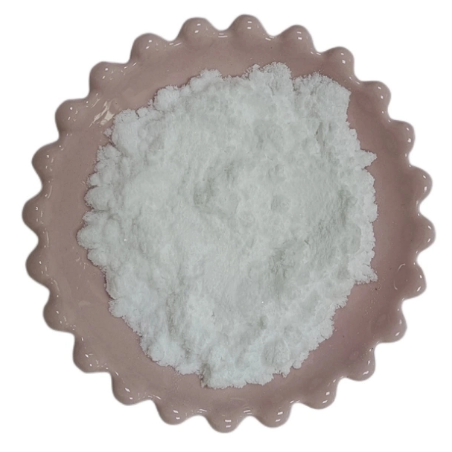
dGTP, 2′-Deoxyguanosine-5′-triphosphate, disodium salt CAS:93919-41-6
2′-Deoxyguanosine-5′-triphosphate (dGTP) is a vital nucleotide used in DNA synthesis. It is involved in providing the guanine base for constructing DNA strands and is an essential component for accurate replication of genetic material. dGTP is widely used in molecular biology research, PCR (polymerase chain reaction), DNA sequencing, and various DNA manipulation techniques. It plays a crucial role in enzymatic assays and in vitro DNA synthesis, contributing to advancements in genetic studies and the development of biotechnological and medical applications.
-
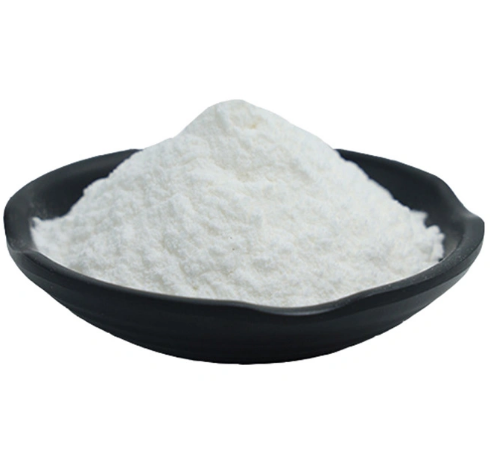
Uridine-5′-triphosphoric acid trisodium salt CAS:19817-92-6
Uridine-5′-triphosphoric acid trisodium salt is a nucleotide derivative. It is involved in various biochemical processes such as the synthesis of RNA, serving as a precursor for nucleic acid synthesis and as an energy source for biochemical reactions. Its role in cellular metabolism makes it an important component in the study of nucleic acid biochemistry and molecular biology. Uridine-5′-triphosphoric acid trisodium salt is also used in research and pharmaceutical applications related to nucleotide analogs and nucleic acid-based therapies.
-

Gold (III) chloride tetrahydrate CAS:16903-35-8
Chloroauric acid, also known as gold(III) chloride, is a chemical compound with the formula HAuCl4. It is the most common compound of gold in the +3 oxidation state. Chloroauric acid is typically encountered as a hydrated form and is a bright yellow-orange solid. It is widely used in the production of gold nanoparticles, as a precursor in the synthesis of other gold compounds, and in various industrial and research applications. Additionally, it has applications in photography, as a reagent in chemical analysis, and in the preparation of gold plating solutions.
-

Gold (III) potassium chloride dihydrate CAS:13682-61-6
Gold (III) potassium chloride dihydrate is a chemical compound with the formula AuKCl4·2H2O. It is a coordination complex consisting of gold (III) ions, potassium ions, chloride ions, and water molecules. This compound is often used in chemical synthesis and research applications.
-
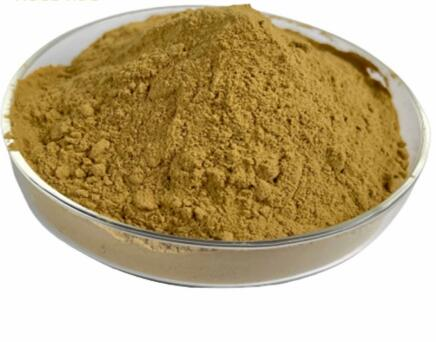
Gold(III) oxide CAS:1303-58-8 Manufacturer Price
Digold trioxide, also known as gold(I,III) oxide, is a rare compound with the chemical formula Au2O3. It is not a well-characterized substance, and there is limited information available about its properties and applications. This compound is noteworthy due to the unusual 1:1 ratio of gold ions in different oxidation states (Au(I) and Au(III)).
-
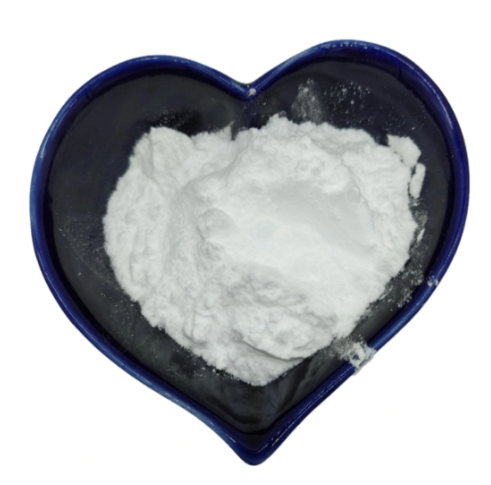
Guanine hydrochloride CAS:635-39-2
Guanine hydrochloride is a chemical compound composed of guanine, one of the four nucleobases found in DNA and RNA, and hydrochloric acid. It is commonly used in biochemical and molecular biology research as a source of guanine for studies on nucleic acids and as a supplement in cell culture media. Its role in the laboratory setting includes serving as a substrate for enzymatic reactions and as a component in various experimental protocols.
-
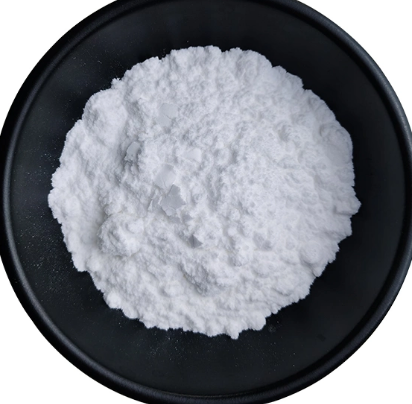
Guanosine CAS:118-00-3 Manufacturer Price
Guanosine is a nucleoside consisting of the nitrogenous base guanine linked to a ribose sugar. It is a building block of RNA and plays a role in cellular energy transfer as part of GTP (guanosine triphosphate) and other important cellular processes. Guanosine has also been studied for its potential therapeutic applications in various health conditions.
-
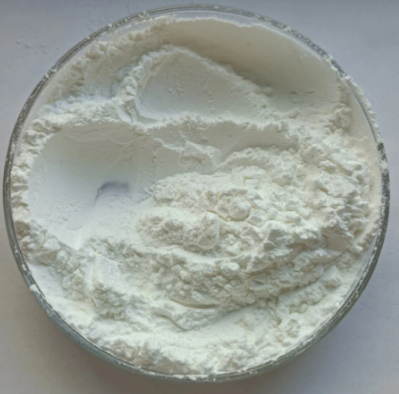
Citicoline sodium CAS:33818-15-4 Manufacturer Price
Citicoline sodium, also known as cytidine diphosphate-choline, is a nutritional supplement and a source of choline, which is an essential nutrient for brain health. It is used to enhance memory, cognitive function, and overall brain health. Citicoline sodium has been studied for its potential benefits in conditions such as stroke, dementia, and traumatic brain injury. It is thought to work by increasing levels of neurotransmitters in the brain and supporting the formation of phospholipids, which are essential components of brain cell membranes.
-
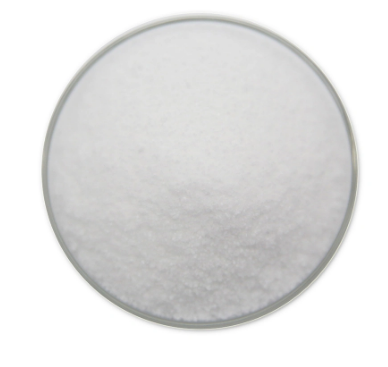
Guanosine-5′-diphosphate, disodium salt CAS:7415-69-2
Guanosine-5′-diphosphate disodium salt, also known as GDP-Na2, is a nucleoside diphosphate comprised of guanosine linked to two phosphate groups and stabilized by two sodium ions. It plays a crucial role in various cellular processes, including signal transduction, energy metabolism, and protein synthesis. In research and pharmaceutical applications, GDP-Na2 is utilized as a substrate, cofactor, or regulatory molecule, aiding in the study of cellular functions and drug development.
-
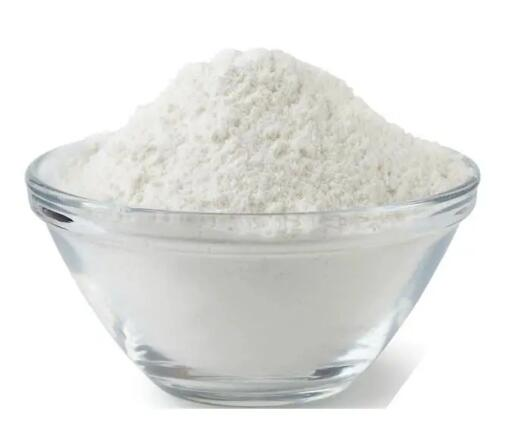
Adenosine Cyclophosphate CAS:60-92-4 Manufacturer Price
Cyclic adenosine monophosphate (cAMP) is a critical secondary messenger molecule that plays a key role in intracellular signal transduction. It is involved in a wide range of cellular processes, including metabolism, gene expression, and neurotransmission. cAMP is synthesized from ATP by the enzyme adenylate cyclase and functions by activating protein kinase A (PKA) and other downstream effectors, leading to various physiological responses in the cell. Its versatile functions make cAMP an essential mediator of cellular signaling pathways.
-

guanosine 5′-(disodium dihydrogen triphosphate) CAS:56001-37-7
Guanosine-5′-triphosphate disodium is a compound that is used in various biochemical processes, such as in the synthesis of RNA and DNA, as well as in signal transduction pathways. It is a nucleoside triphosphate, which means it consists of the nucleoside guanosine linked to three phosphate groups. The disodium salt form simply indicates that it is a salt containing two sodium ions.
This compound is important in cellular energy transfer and is involved in various enzymatic reactions. It is also a source of energy for protein synthesis and other cellular processes.

